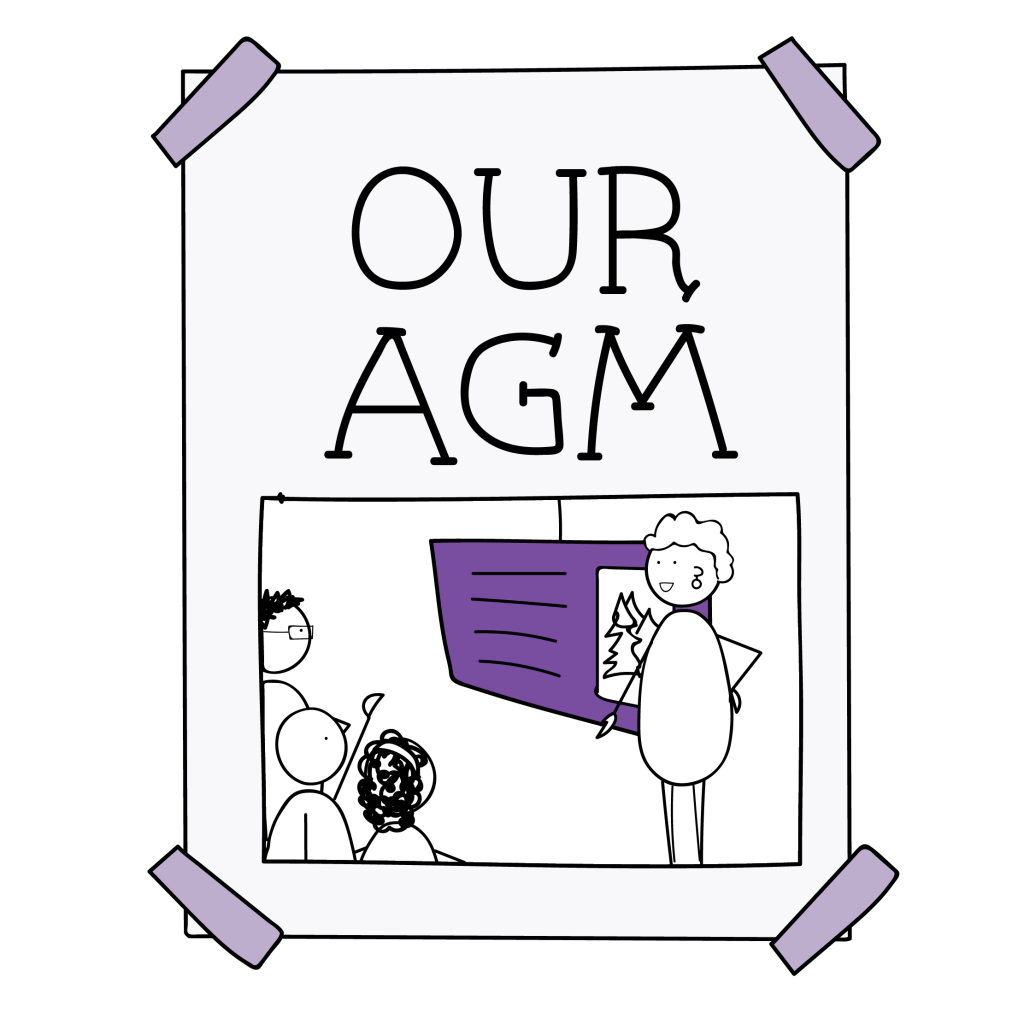
image by m.maslany
Planning a successful Annual General Meeting (AGM) for your non profit is key to your organization’s compliance and smooth operations. Key decisions are made that will impact the work you do.
Sharp Six’s AGM Planning Checklist
Here is our timeline and key questions to help ensure a successful AGM.
Four months prior
Plan the rough date: When do you want to have the AGM? You need to hold one within each calendar year and within 15 months of your previous one, so begin to short list some options and canvas key staff and directors for availability and when key documents (e.g. financials) will be ready.
Prepare for succession planning: How is your board composition? Do you need to recruit new directors? What skills should they have? Succession planning is an important part of your organization’s growth and health, so planning strategically for it is necessary. You may consider adopting a policy on new director recruitment to ensure that prospective directors meet certain qualifications and timelines prior to joining the board.
Notify members of membership sign up & renewal deadlines: When do new members need join order to vote at the AGM? When do existing members have to renew their membership? Make sure you get renewal requests out well in advance so that your membership can actively participate in your AGM and your prospective new directors are also active members (assuming that’s required by your bylaws).
Three months prior
Decide on a date, time & location: Set your date, time and location for the AGM and notify all directors, staff and potentially issue a save the date to your membership.
Will staff or board members be providing programmatic updates to the members? If so, what form will this take and what needs to be prepared? Make sure there is sufficient time set aside for this among other work priorities.
Will you need any changes to your bylaws or constitution at your next AGM? Will you be transitioning to the new Societies Act at your next AGM (you can transition as of November 28, 2016) or are you waiting for later in the transition period (up to November 28, 2018)? Have a committee review and prepare any bylaw amendments or transitions needed and, if necessary, consult an expert or lawyer on particular changes or wording.
Create an AGM agenda. Will it be a low key event that just gets the required essentials done or will it be an event with other components, festivities, etc that you really want to get a lot of members out to and voting at?
For non profits who have partners or funders (e.g. Community Gaming Grants from the BC provincial government), the number of members you have and how many show up at your AGM and vote may be important. If membership numbers aren’t a key consideration for your non profit, then you may want to evaluate how and why you engage members and how many makes sense for your organization to maintain. Remember member is not synonymous with donor or supporter and there are myriad ways people can feel engaged and connected with your mission outside of traditional membership.
One month prior
Notify your members: Depending on what notice your bylaws may require, make sure you are notifying members of the AGM well enough in advance and by the appropriate means (some bylaws have not been amended to allow electronic notice, so you may have to issue written and/or published notice). The current Society Act default is a minimum of 14 calendar days.
Promote the AGM: Use your social media networks, email networks and local community to promote your AGM and create a Facebook or Eventbrite event.
Prepare all documentation: Ensure all documentation is ready and prepared, including board approved financial statements (audited or reviewed, if necessary) and bylaw amendments. Ensure directors who are being newly elected or re-elected are prepared and briefed.
Create a detailed agenda: Develop a detailed agenda and, if necessary, a script, for the AGM. Sharp Six can help determine what needs to be in this agenda and how to best present new or contentious matters.
Confirm venue & food order: Make sure all is confirmed with your venue and, if applicable, food and other activities. If you are webcasting or teleconferencing your AGM, make sure those services are confirmed.
Prep chair/ vice chair: Schedule a short meeting with your chair or vice chair and secretary so that they understand the requirements of the meeting, how voting works, and what needs to be recorded and how.
Day prior or day of AGM
Test equipment: Test out your presentation, webcasting or teleconferencing systems, as applicable.
Print needed materials: If necessary, print and photocopy materials for attendees or the chair.
Schedule or email a pre-AGM brief: Brief any volunteers and any others who are helping with event logistics such as taking attendance and setting up tables.
After the AGM
Prepare & file an Annual Report with the BC Registrar: If you need assistance with this the Sharp Six team is happy to assist you with this process.
Appoint new officers if needed: If new officers need to be appointed, hold a board meeting immediately after the AGM to appoint new officers and prepare and file the necessary paperwork related to all new officers and directors.